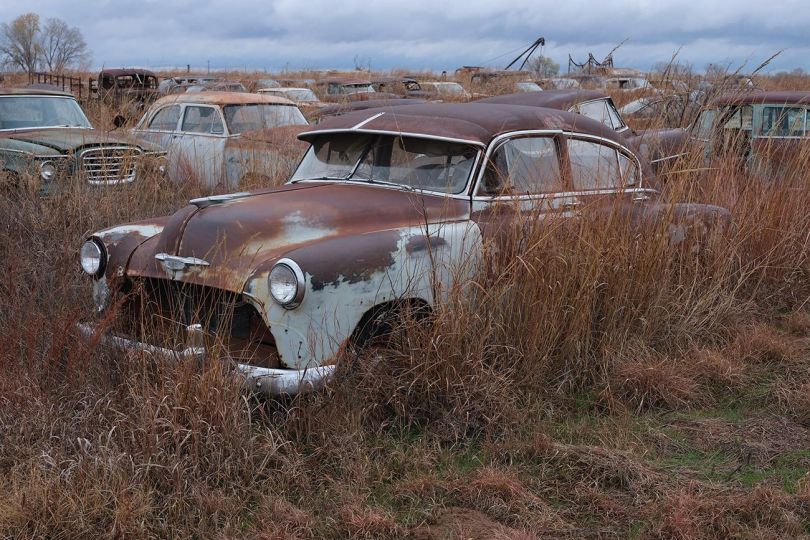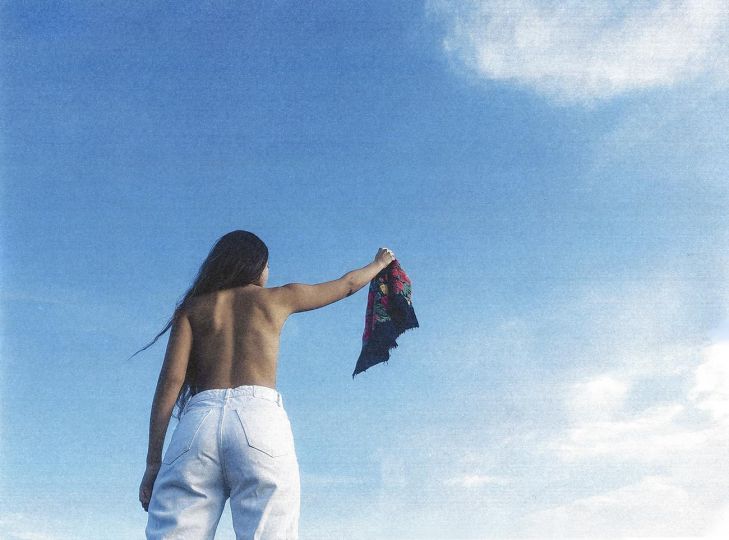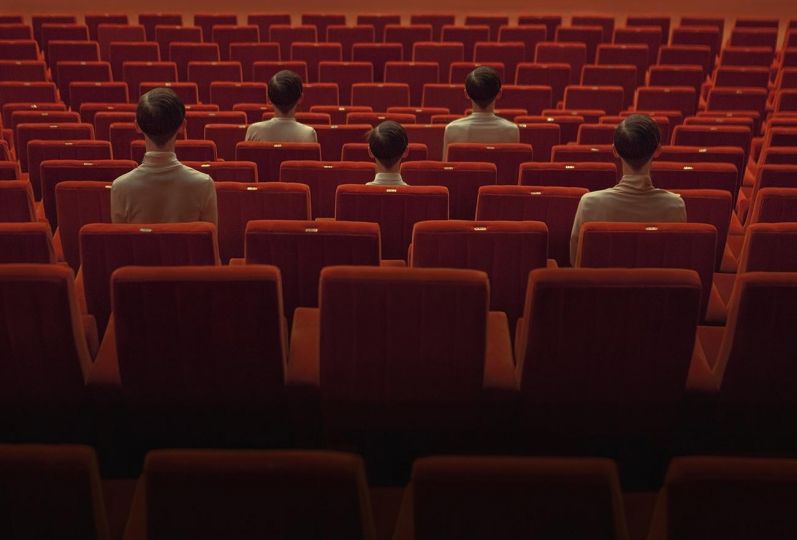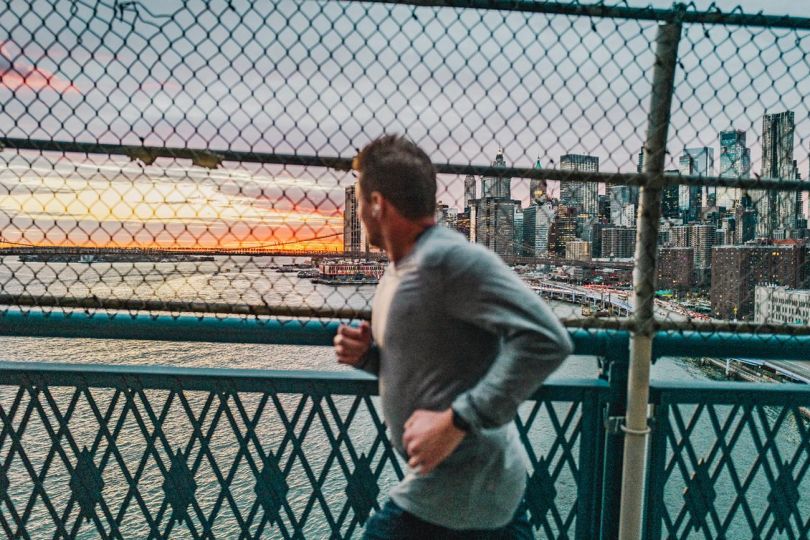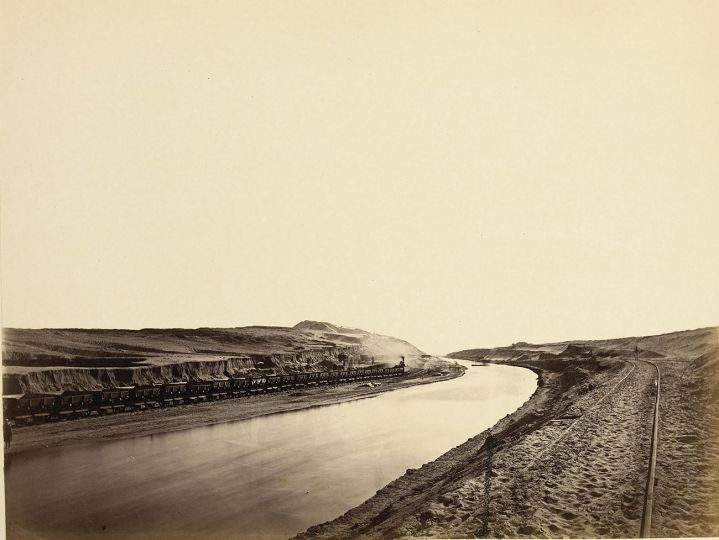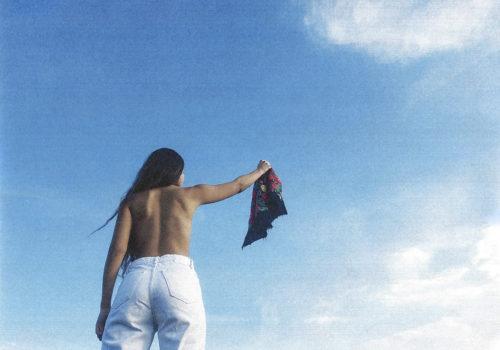For the past year, artificial intelligence has emerged in our lives, bringing with it a myriad of surprises and questions. At a time when our communication channels are flooded with content created by data processing machines, be it text or images, the very principles of authenticity and image ownership are at stake. The ADAGP, the French society for the collection and distribution of copyright in the visual arts, is sounding an alarm.
A sudden and massive emergence Some of these names may already be familiar to some, while for others, they might sound like names a satellite on a mission or a robot could be given. Midjourney, DALL-E, Stable Diffusion, and ChatGPT are the first flagship examples of artificial intelligence. These new technological tools, currently entirely free and accessible to all, allow for the creation of entirely new written content (in the case of ChatGPT) or images (Midjourney, DALL-E, Stable Diffusion) based on a previously formulated phrase or request, also known as a “prompt.” In just a few minutes or even seconds, these tools process thousands of pre-existing data on the web, following an algorithmic mechanism that seeks elements corresponding to the request from every corner. The results are astonishing: artificial images sometimes so perfect that one might wonder if they could have been created with a camera and reality.
Once the initial fascination with the speed and abilities of these new technological tools subsides, questions about how this data is treated and its respective properties naturally arise. What about intellectual property and copyright in the face of such limitless use of data? As for artists and photographers, how can they maintain control over the use of their works? How can artists generate income from the use of their works by artificial intelligence?
Awaiting legislation According to the ADAGP, which has been protecting the copyright of artists in France since it was established in 1953, it is high time to legislate on this matter.
While a text is currently under study at the European Parliament, we are still far from having regulation commensurate with the ongoing transformation. During a roundtable discussion at the 2023 Rencontres de la Photographie d’Arles, titled “Artificial Intelligence and Photography: What are the Challenges for Authors?” Marie-Anne Ferry-Fall, the General Director of ADAGP, made the following assessment: “Everyone agrees that artificial intelligence is a major technological evolution, fascinating, intriguing, and even disconcerting, with considerable effects on the image sector.” The status of the artist and the image itself is at the heart of this discussion because it’s not possible to equate an image created by human hands with a camera to one created by a machine that relies on other images without the consent or control of their authors.
The stakes are significant here, and faced with such a massive phenomenon, the ADAGP has put forward three proposals to adapt the legislative framework and protect the rights of artist-authors. The most recent European directive dates back to 2019 (Directive 2019/790 and its Article 4) and does not provide sufficient protection for authors in the case of data usage.
For genuine consent of artist-authors The first fundamental point is the consent of authors to the use of their works, a fundamental principle of copyright, challenged by AI systems. To create an image, algorithms search data and draw from a corpus of images without requesting or obtaining authorization from their authors. By default, all images are considered by these machines to fall under the “opt-out” mechanism: they can extract content and use it without consent. Article 4 of Directive 2019/790 further stipulates that if authors do not wish to grant access to their images, they must include this refusal through metadata, which machines can read. This system is not viable because images are endlessly reproduced on the internet, and their authors rarely have control over the metadata of the various sites that publish these images. Even if authors of images explicitly provide metadata, these are often overridden by careless user sites.
According to the ADAGP, this “opt-out” system should be replaced with an “opt-in” mechanism: by default, images would be protected and not accessible unless the author has given consent through metadata. Content-generating artificial intelligences would then draw directly from an image bank that has previously received authorization for use from their authors, a collective management system already used for other massive uses in the digital realm.
For fair and equitable compensation Another fundamental point is the value of these images and, therefore, the remuneration of their authors. While the monetization of images is challenged by the internet and the unlimited reproduction of content, tools exist and can be developed to establish a value-sharing system. In the case of image-generating artificial intelligences, a financial and equitable compensation could be awarded to the author who has previously granted permission for the use of their images, without making it overly complicated. Just as metadata can be added to images, a collective management system for compensation can be established.
For legitimate transparency Lastly, another point not to be forgotten is the transparency of these machine operations. Each author should have the right to access data related to their works used in data mining. The currently opaque processes of artificial intelligences for image mining disrupt the entire trust relationship.
More information






